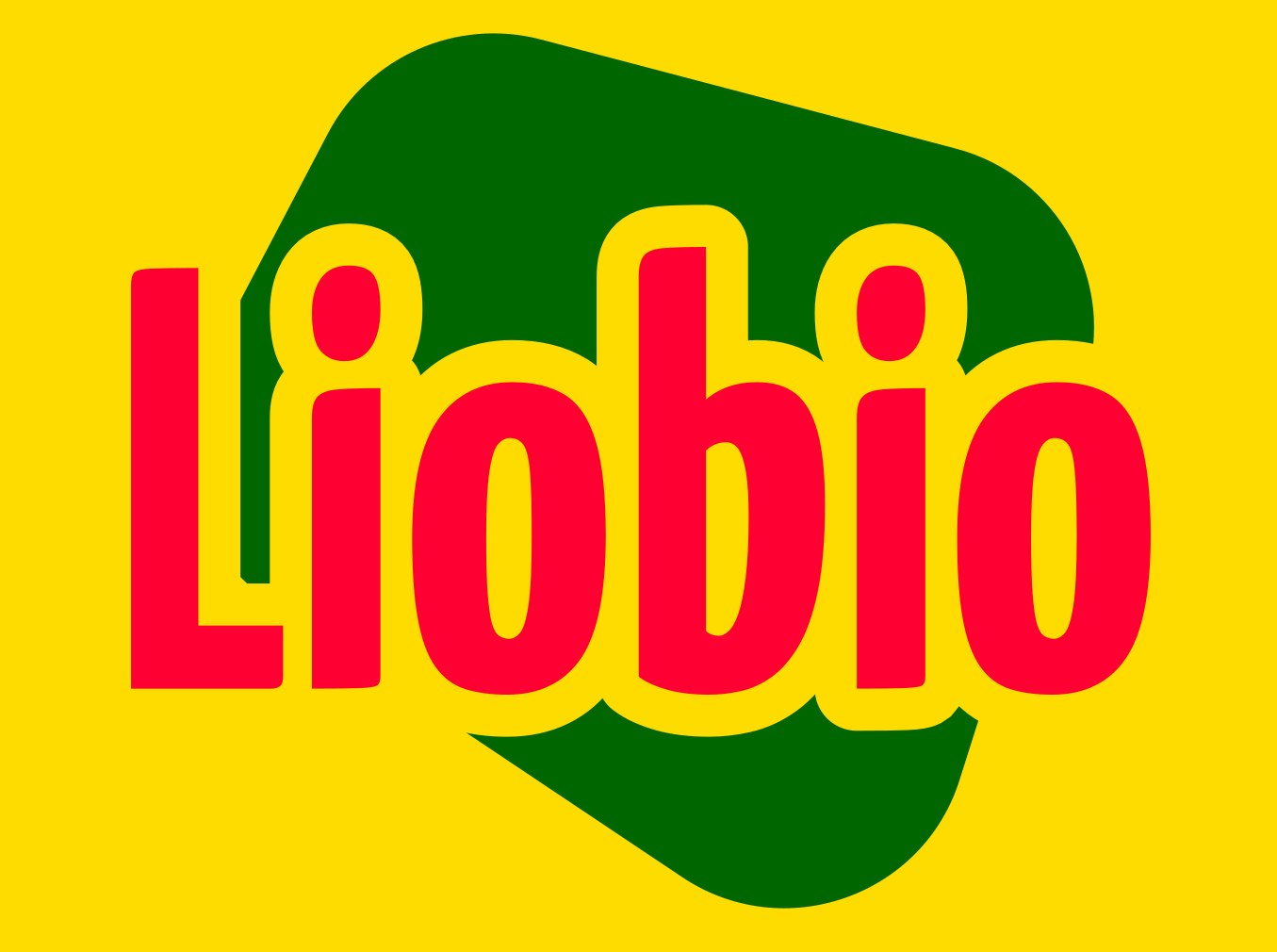When it comes to 3D printing, selecting the appropriate CAD software is crucial for achieving the desired results. The right software can make the design process smoother, more efficient, and ultimately lead to high-quality prints. Here are some key factors to consider when choosing the best CAD software for your 3D printing needs.

Understanding Your Design Requirements
Before diving into the world of CAD software, it's essential to have a clear understanding of your design requirements. Consider the complexity of your designs, the level of detail needed, and any specific features or functionalities you require. This will help you narrow down your options and choose a software that aligns with your project goals.
Compatibility with 3D Printers
Another important factor to consider is the compatibility of the CAD software with your 3D printer. Not all software programs are compatible with every type of printer, so it's crucial to ensure that the software you choose can generate files that are supported by your printer. This will help avoid any compatibility issues and ensure seamless printing.
Ease of Use and Learning Curve
When selecting CAD software for your 3D printing needs, it's essential to consider the ease of use and the learning curve associated with the software. Some programs may have a steeper learning curve, which could be challenging for beginners or those with limited experience. Look for software that offers a user-friendly interface and comprehensive tutorials to help you get started.
Advanced Features and Customization Options
Depending on your project requirements, you may need CAD software that offers advanced features and customization options. Features such as parametric modeling, mesh editing, and simulation tools can enhance the design process and help you create more complex and intricate designs. Consider your specific needs and look for software that provides the tools and functionalities you require.
Choosing the right CAD software for your 3D printing needs is a critical step in ensuring the success of your projects. By understanding your design requirements, considering compatibility with your 3D printer, evaluating ease of use, and exploring advanced features, you can select a software that meets your needs and helps you bring your designs to life.



